Tokyo Art Scene: Stirrings of Spring
Jumpstart Spring with Three Illuminating Tokyo Exhibitions
Hina Dolls, auspicious motifs and stunning works evoke a yearning for the coming spring.
In crisp winter months, the days feel long and the sun sets early. Most of us prefer huddling under cozy kotatsu or buried beneath piles of blankets rather than braving the cold. Yet, as the season wanes and our days become a little more tolerable, the yearning for something bright and warm intensifies. Thankfully spring, with its blooming cherry blossoms and fleeting sweetness, is coming early this year!
The chance to awaken our hibernating hearts is just a train ride away. So, grab a comfortable jacket and bundle that bare neck with a soft scarf! This month’s Tokyo Art Scene is in full swing with 1,000 Years of Hina Dolls at Hotel Gajoen Tokyo, Spring at Okura Shukokan and Machiko Hasegawa Museum’s Collection Exhibition: Longing for Spring.
1,000 Years of Hina Dolls: Wishful Thoughts Passed Down from the Heian Period to the Present Day
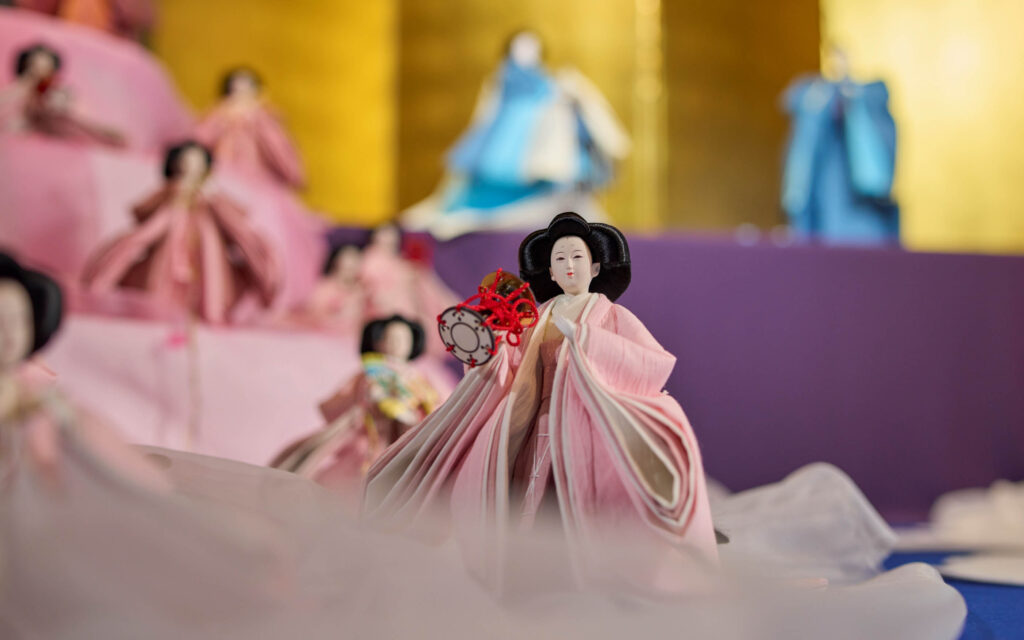 © Photo by Hotel Gajoen Tokyo
© Photo by Hotel Gajoen TokyoIf you’ve lived in Japan for over a year, you may have come across Hina Dolls and Hinamatsuri-themed displays. Celebrated throughout Japan on March 3rd, Hinamatsuri, also referred to as Girls’ Day, is a holiday dedicated to daughters’ prosperity. The celebration involves displaying hina dolls, representations of Heian royalty, inside the home.
Over time, hina dolls have gained significance as markers for historical and artistic expression, often reminding people of springtime. While they’re not commonly seen outside the home, visiting exhibitions like Hotel Gajoen Tokyo’s 1,000 Years of Hina Dolls is a great way to dive head-first into viewing these stunning ornaments.
Established in 1931 and originally built as a Japanese restaurant, Hotel Gajoen Tokyo stands as an art piece on its own. Later in 1935, the cultural property Hyakudan Kaidan-The Hundred Stairs was constructed and subsequently became well-known for its 100-step staircase. Yet the staircase isn’t the only thing worth writing home about. Hotel Gajoen Tokyo’s beautiful rooms, when combined with the stoic faces of hina dolls, are a sight that will surely take your breath away.
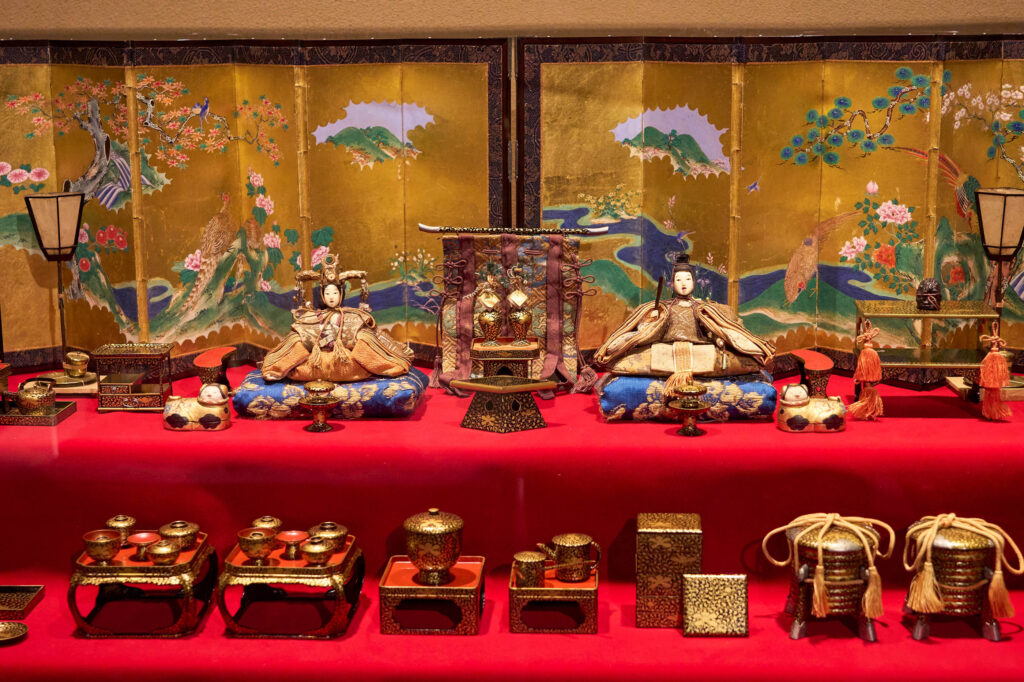 © Photo by Hotel Gajoen Tokyo
© Photo by Hotel Gajoen TokyoAfter a speedy ride in a gorgeously adorned elevator, the first display of hina dolls comes into view. Don’t hang around too long however, there’s much more to discover! Rounding the corner, visitors are directed to take their shoes off. Once doing so, the expansive Hyakudan staircase comes into view. While the journey up the staircase isn’t too arduous, make sure to hold on to the railing to avoid slipping. The inclining route branches off into various rooms, providing not only a short rest but also showcasing rare hina dolls and installations. Highlights include Keshi-bina Dolls from the Taisho Period (1912-1926), Standing Hina Dolls, Hinamatsuri festival sweets, banquet and tableware, ultra-tiny hina doll decorations, animal-themed hina dolls and on the final floor, Temari balls.
 © Photo by Hotel Gajoen Tokyo
© Photo by Hotel Gajoen TokyoWhile each room undeniably draws attention, the Gyosho Room presents a jaw-dropping display of 800 hina dolls posed in a scene reminiscent of a page straight from a storybook. Truly a sight I wholeheartedly recommend to see firsthand.
- Date
- Now through Sun Mar. 10, 2024
- Time
- Open 11 A.M. to 6 P.M.
- Location
- Hotel Gajoen Tokyo, 1-8-1 Shimomeguro, Meguro City, Tokyo - Map
- Fee
- ¥1,600 (Adults), ¥1,000 (University and High School Students), ¥800 (Junior High and Elementary Students)
- Info
- 3-minute walk from Meguro station
Spring at Okura Shukokan
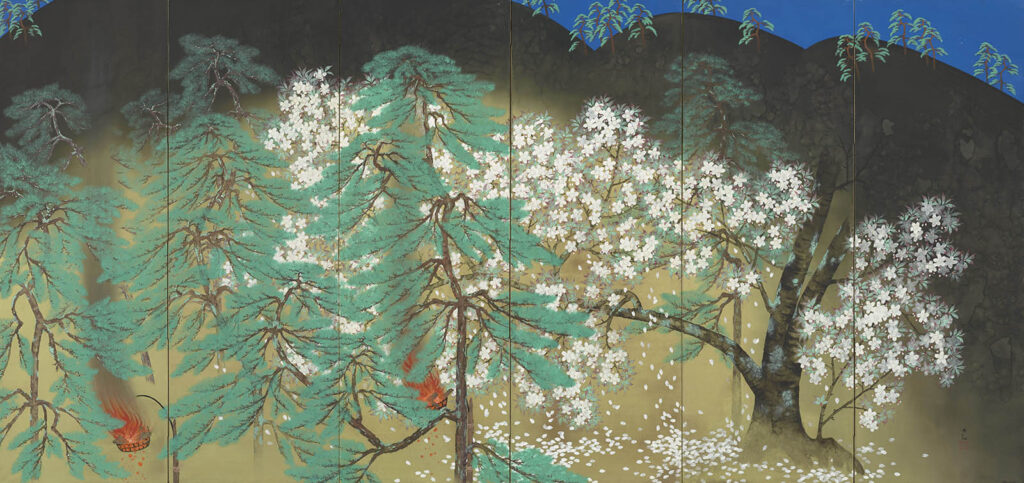 © Photo by Okura Shukokan
© Photo by Okura ShukokanWinter is still in full swing. Yet, signs of spring may sprout from unexpected places, such as Tokyo’s oldest existing private museum, Okura Shukokan. This year, the museum’s exhibition Spring at Okura Shukokan illuminates how seasonal motifs and art can spark a longing for spring and all the beauty that comes with it.
Historical buildings such as Okura Shukokan or the aforementioned Hyakudan Kaidan seem to awaken with new life when juxtaposed with spring objects. This awakening is especially clear when exploring this exhibition’s many works with each floor organized into chapters. As visitors follow the museum’s route, history unfolds like pages from a long-forgotten text, whispered through impactful art, tools and vessels.
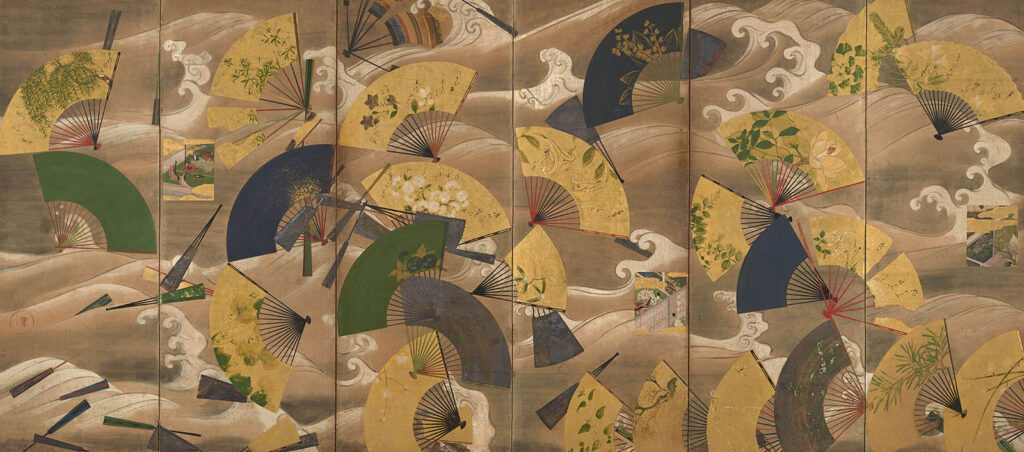 © Photo by Okura Shukokan
© Photo by Okura ShukokanThe first floor displays works from Chapter 1 Fan: Figure of Celebration and Chapter 2: Dragon. Immediately upon entry, the piece Scattered Fans on Water, a large standing folding screen from the 17th century, stands out with a relaxing image of fans embellished with flowering plants encompassed by glittering gold pigments and wisps of clouds. Additionally, take a step closer and notice cutout scenes scattered throughout the work. These picturesque moments are taken straight from the famous Tale of Genji, illustrating courtesans relaxing or gathering in gardens or lavish settings.
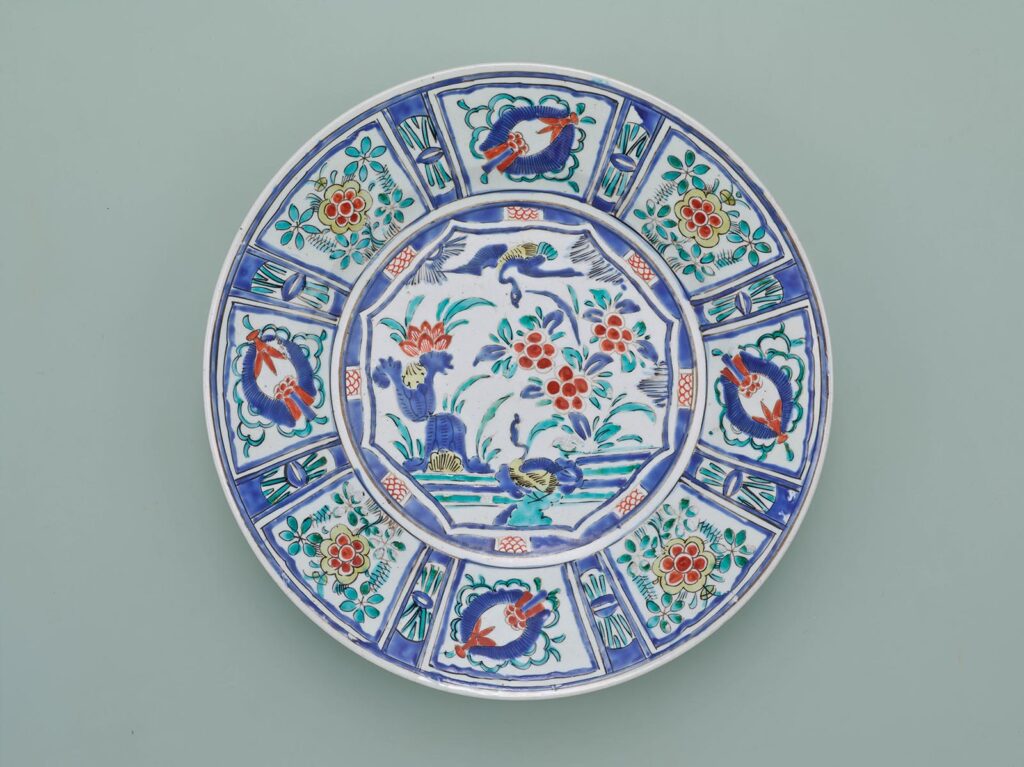
The route guides visitors up to the second floor, where carved dragons climb up the building’s pillars. These guardians, with their gaze hauntingly fixed from the ceiling, serve as protectors for the treasures below. Notably, among them is Yokoyama Taikan’s Cherry Blossom Viewing at Night. This famous work depicts a night sky illuminated by cherry blossoms and smoking bonfires. Originally commissioned for a 1930s Rome exhibition, it aimed to showcase Japanese painting styles to the world.
- Date
- Now through Sun Mar. 24, 2024
- Time
- Open 10 A.M. to 5 P.M. Closed Mon (open on a public holiday that falls on a Mon but closed the following day)
- Location
- Okura Shukokan Museum of Fine Arts, 2-10-3 Toranomon, Minato City, Tokyo - Map
- Fee
- ¥1,000 (Adults), ¥800 (University and High School Students with ID), Free (Junior High Students and under)
- Info
- 7-minute walk from Roppongi-Ichome station, 8-minute walk from Kamiyacho station, 9-minute walk from Toranomon station
Collection Exhibition: Longing for Spring
 © Photo by Machiko Hasegawa Museum
© Photo by Machiko Hasegawa MuseumWhile the earlier-mentioned exhibitions in this article focus on ceremonial ornaments and auspicious motifs symbolizing spring in full bloom, Machiko Hasegawa Museum’s Collection Exhibition: Longing for Spring takes a different approach.
On the first floor of the exhibition hall, 10 paintings and four selected vessels stand in solitary tandem. They collectively portray solemn snowfall and ice-sheeted landscapes. Yet, within each piece’s quiet of winter, a spark of spring makes itself known. One of the first works that can catch any onlooker’s eye is Suzuki Kazumasa’s White Bear. An enormous lonely polar bear gazes into the distance, clearly searching for something. Beams of light flicker through the solemn atmosphere, casting hues of bright red and green from Tabuchi Toshio’s Saharu or the faint glimmer and shine of snowflakes blanketing snow-crested scenes.
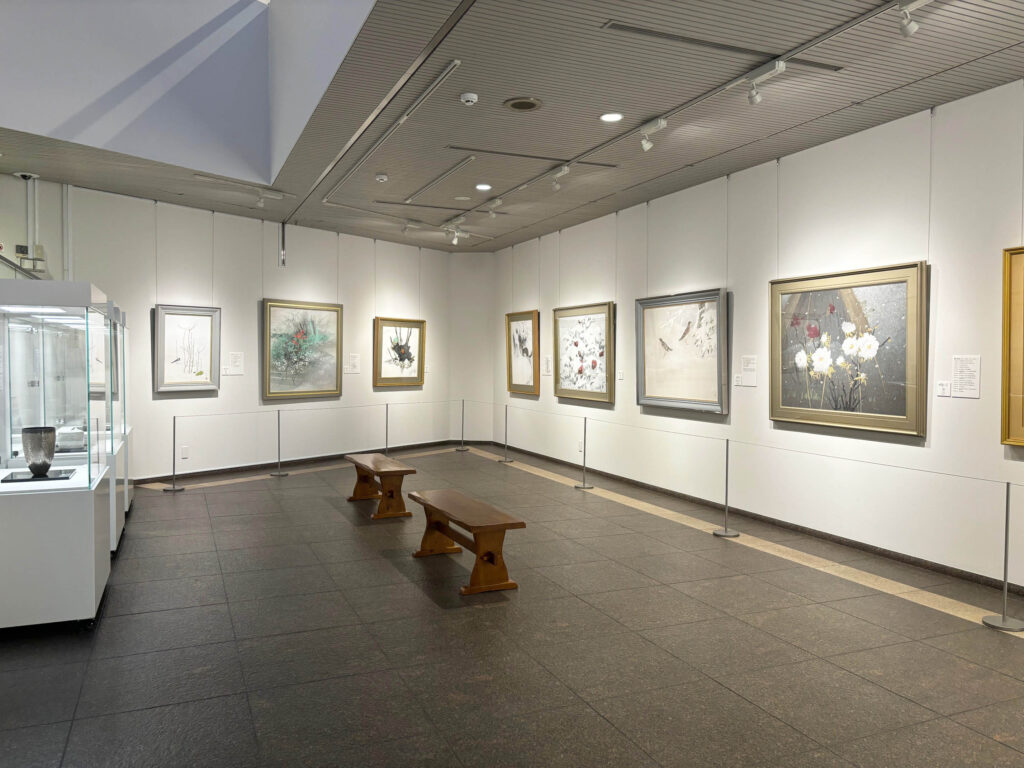 © Photo by Machiko Hasegawa Museum
© Photo by Machiko Hasegawa MuseumThe second floor offers a diverse array of 21 paintings and seven vessels. While the first floor exudes solemnity, the second bursts with vibrant colors and seasonal motifs. Standouts include a gold-pressed standing divider with blossoming winter sakura, a painting of a hanging kimono embossed with silver and gold pigment and layered tea containers.
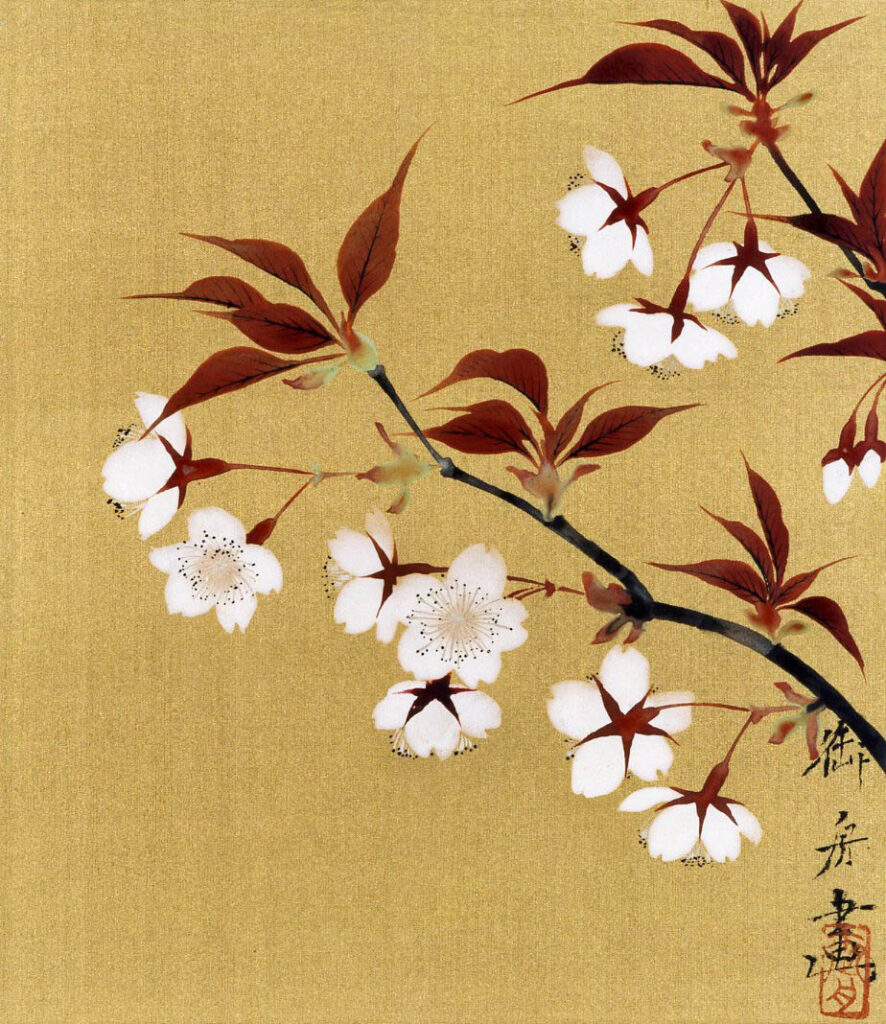 © Photo by Machiko Hasegawa Museum
© Photo by Machiko Hasegawa MuseumOne pleasant surprise of the exhibition is a separate room dedicated to the anime Sazae-san. While I had initially come to quell my longing for spring, discovering the detailed history of this beloved anime was an unexpected treat. It turns out that the museum itself is named after the illustrious manga artist Machiko Hasegawa. Moreover, a second building across the street showcases even more Sazae-san history! Complete with a first-floor cafe, gift shop and second-floor exhibit, a trip to this two-part museum is a great way to dive into spring while simultaneously discovering one of Japan’s most beloved female manga artists.
- Date
- Now through Sun, Mar. 24, 2024
- Time
- Open 10 A.M. to 5:30 P.M. (Last Admission: 4:30 P.M.) Closed Mon (open on Feb. 12 and closed the following day on Feb. 1
- Location
- Machiko Hasegawa Museum, 1-30-6 Sakurashinmachi, Setagaya City, Tokyo - Map
- Fee
- ¥900 (Adults), ¥800 (Seniors 65 and Over), ¥500 (University and High School Students), ¥400 (Junior High and Elementary School Students)
- Info
- 7-minute walk from Sakura-Shinmachi station
Ready to brave the cold and start spring early this year? While I thoroughly enjoyed all of these exhibitions, Hina dolls combined with the delicious brewed coffee from Hotel Gajoen Tokyo’s Cafe Lounge Pandora is definitely worth a second trip!












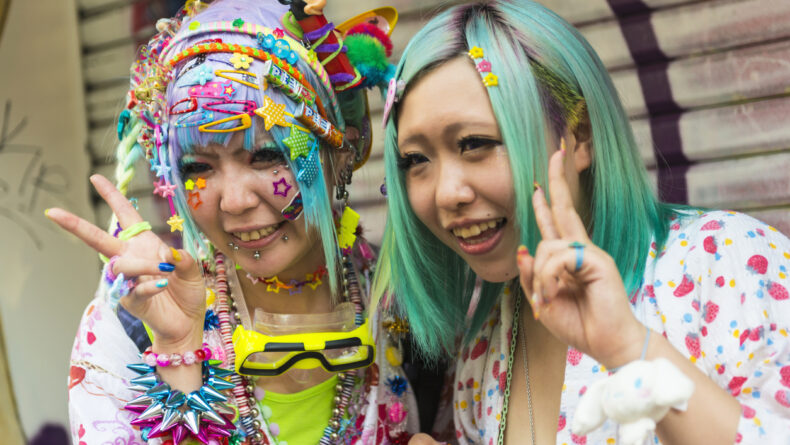
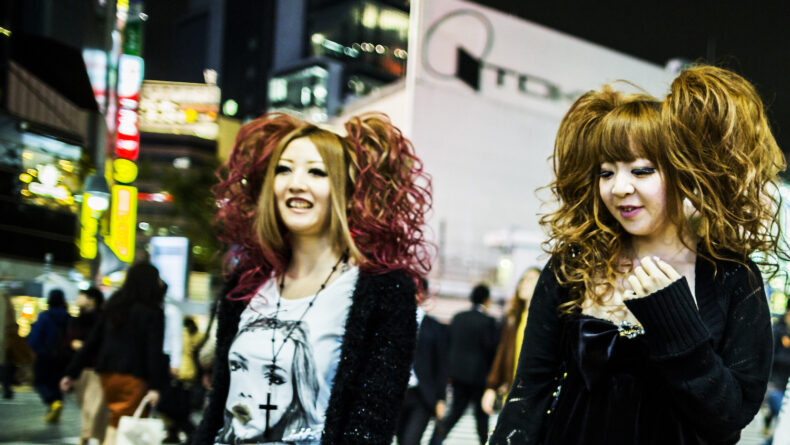
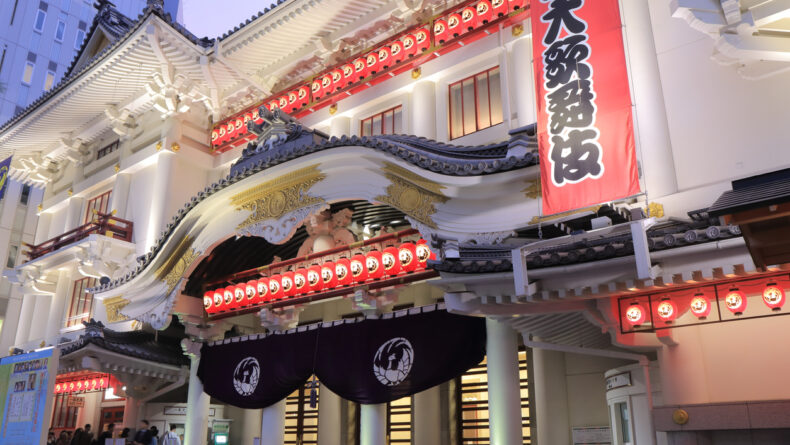

Fantastic read! Makes me want to revisit Tokyo again soon 🙌